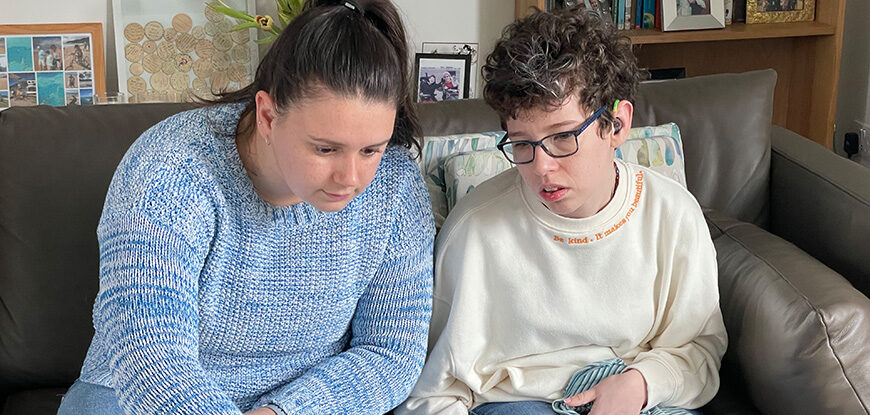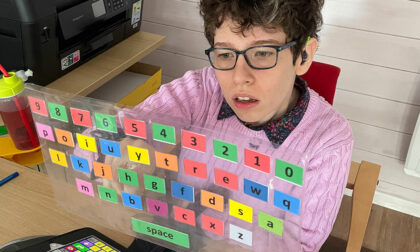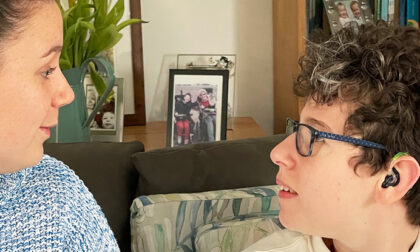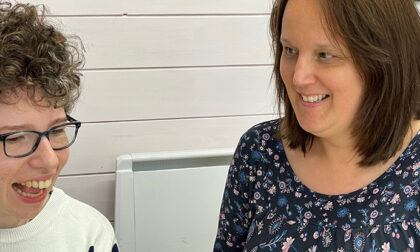Every day of my life my speech and hearing impairments have a direct impact on my communication with others.
Communication is sometimes underrated as a key skill, for most people the ability to interact with others can be taken for granted. Yet, if you have a communication impairment then the right to give and receive information and knowledge becomes a fundamental facet of life.
Using augmentative and alternative communication (AAC):
I have impaired muscles of my mouth, tongue, and throat caused by cerebral palsy. This is sometimes called dysarthria and this means is I am unintelligible to many people. The result is I use an electronic communication aid, and other forms of expressive communication to get my message across. This includes low-tech alphabet cards, body language, and facial expressions. You can find out more about some of my views and experiences relating to AAC. I’ve also included my top tips for working with people who use AAC and some short AAC jargon-busting videos.
Hearing impairment and lip reading:
If you couple speech production issues with a hearing impairment you get a new set of challenges to overcome. The result of my hearing loss means there are whole ranges of sounds I don’t hear. As I didn’t get hearing aids until I was 10 I grew up lip reading. So, even though I now hear most things when I’m wearing aids I still use lip reading. This helps me read emotional intent, as well as, to make sure I understand each message. You can read here my experiences of life with, and without hearing aids. In addition, I’ve included some top tips for communicating with those who have a hearing impairment.
Communication Partners
We should never underestimate the power of talking together. Having social connections is essential for both mental and physiological well-being. The consequence of having both speech and hearing impairments means I rely on well-trained communication partners. These are people who can facilitate ensuring my communication is effective and I get to share my message effectively. For instance, my team know how to wait whilst I programme my communication device. And, they can model this essential skill to others. Each of them is trained to be intuitive as to when to interpret my natural speech. They have the skills to deflect questions from others back to me, and they know how to model good communication skills. Here I explore ways of developing skills to be an active listener. Plus there are lots of tips and resources to support communication partners.





If you found this interesting or
helpful please feel free to share.